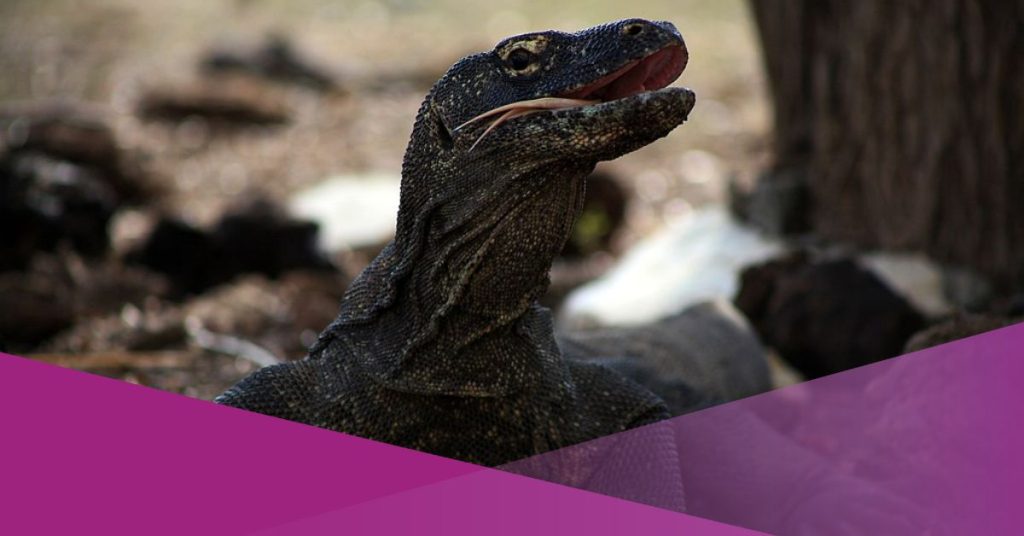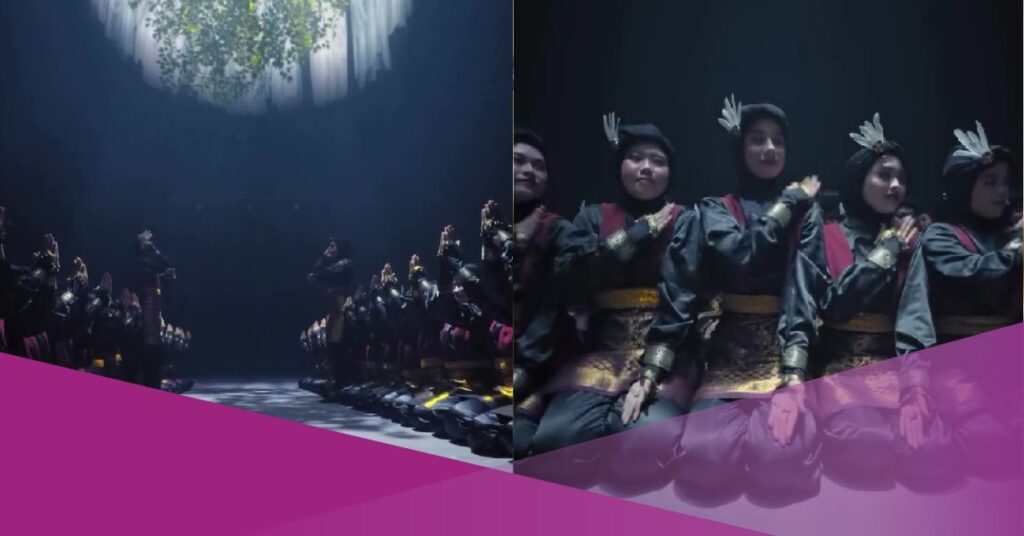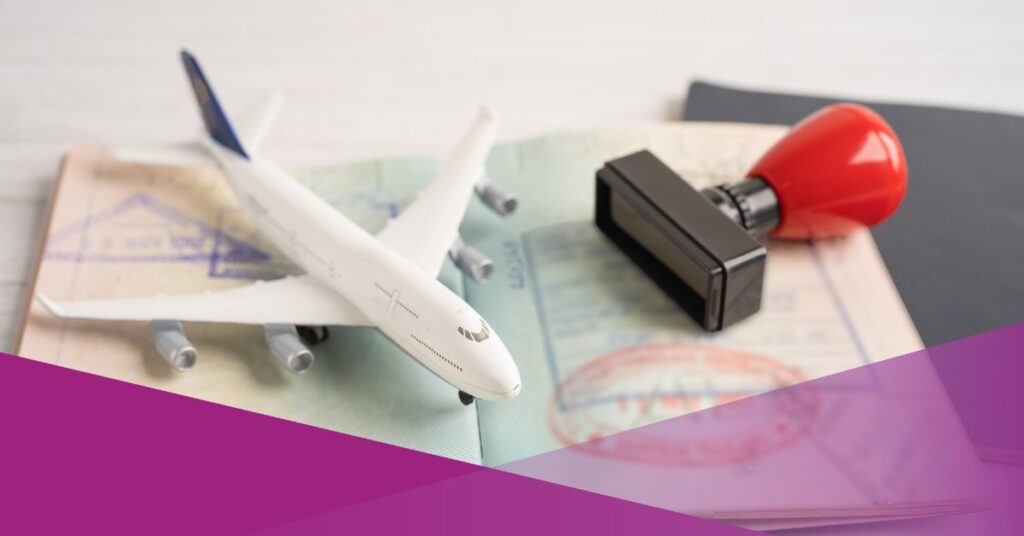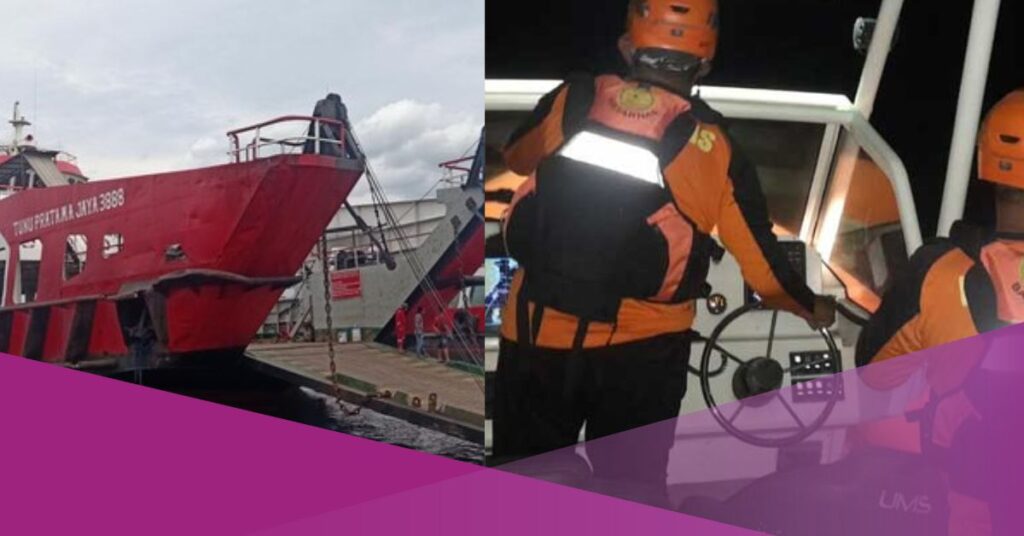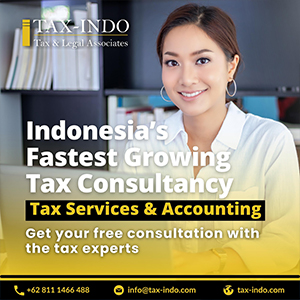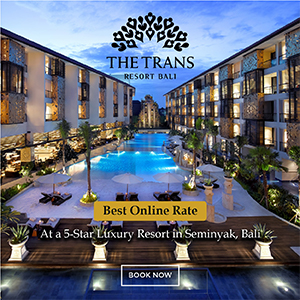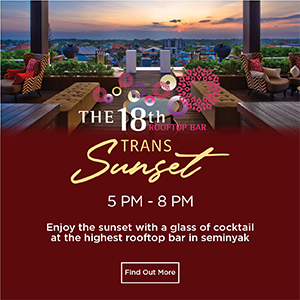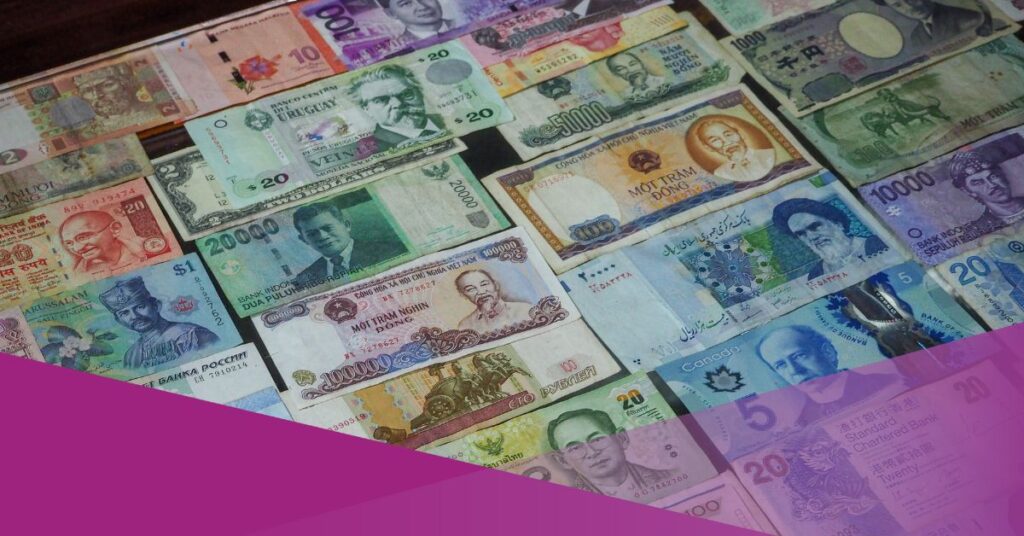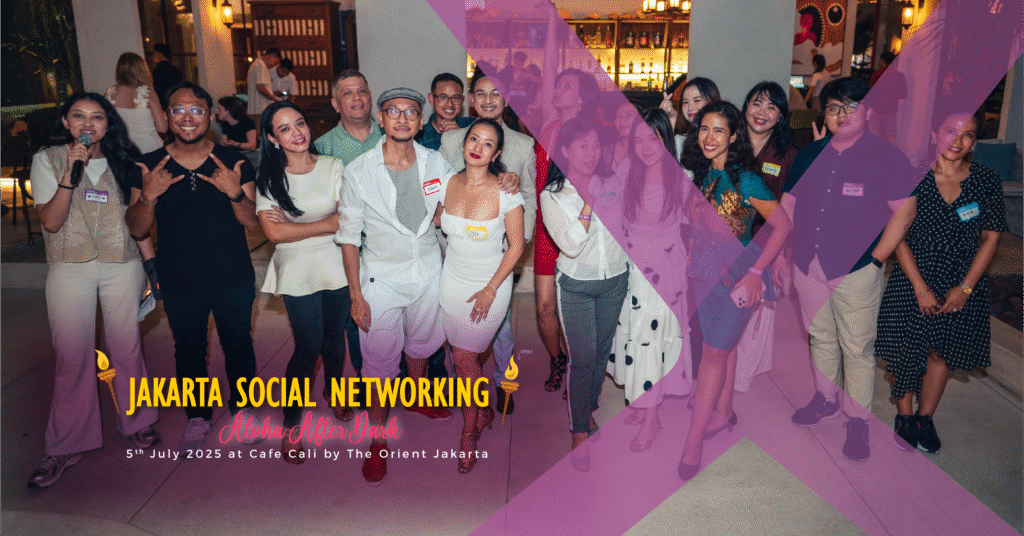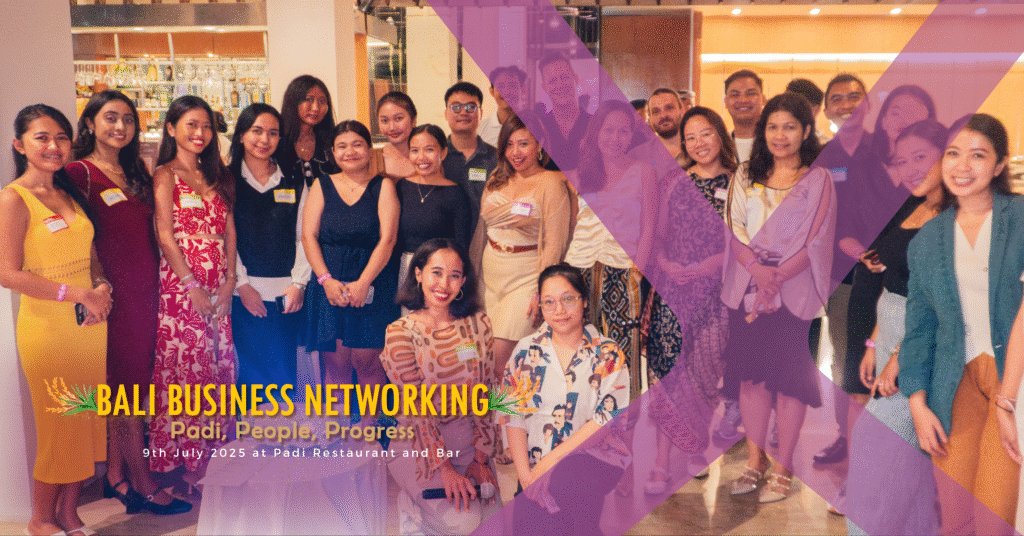August 9, 2022 – According to Monday’s assurance from Tourism and Creative Economy Minister Sandiaga Uno, the government will postpone the raise of Komodo Island entry fee until January 1, 2023. He added that the government would spread its initiatives more widely.
Uno claimed that the President actually gave him directive to postpone the raise of Komodo Island entry fee early last week and that he had been informed of the policies. Uno promised that the government will set up clear communications in the coming months prior to the implementation of the new tariffs. He said that the government wants to accommodate all aspirations of all society.
Uno previously explained that the cost of conservation in the form of ecosystem service value for a year was IDR 3.7 million. This was in reference to the increase in the Komodo Island entrance fee, and the statistics were acquired through a number of expert studies.
The value of ecosystem services in question involves the control of trash produced by visitors and includes natural resources like water, oxygen, and food supplies that are essential to the survival of living things.
Zet Sony Libing, the head of the East Nusa Tenggara (NTT) tourism agency, revealed that the organization had formally postponed raising the entrance charge to Komodo Island and Padar Island. He claimed that NTT Governor Viktor Bungtilu Laiskodat made the decision to push back the deadline to December 31 this year.
Sergius Tri Deddy, the chairman of the West Manggarai Regency’s Regional Representative Council of the Indonesian Youth National Committee (DPD KNPI Mabar), acknowledged that he approved of the new approach. However, the residents of West Manggarai did not immediately view this as a positive action, since recent reports claimed that travellers cancelled their travels after the announcement of the increased fee.
Deddy underlined that the government should not make decisions based on research that is not yet comprehensive and constructive. Instead, they [the government] should do study, particularly on the economic accessibility of tourists and whether upper-class or lower middle-class tourists predominate.
